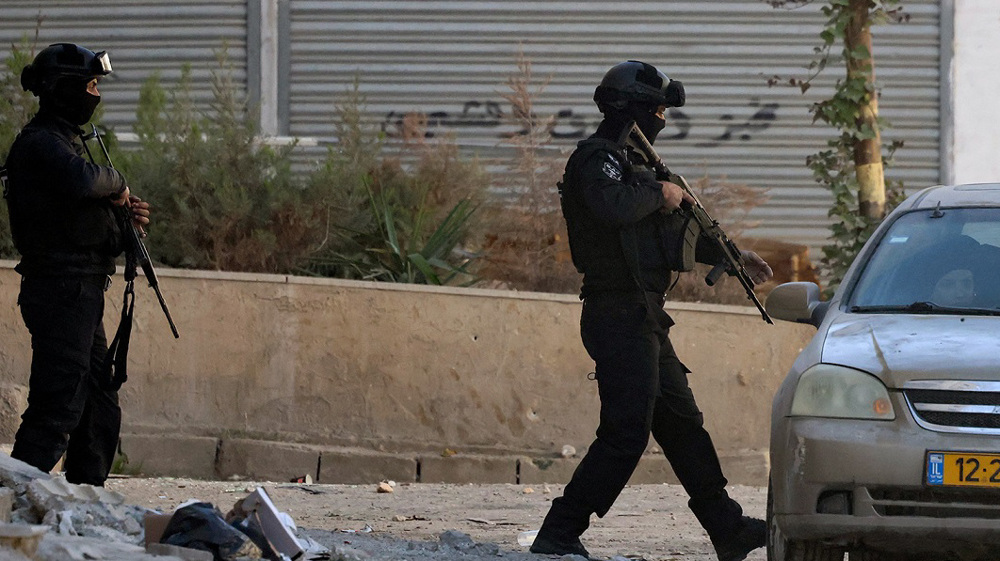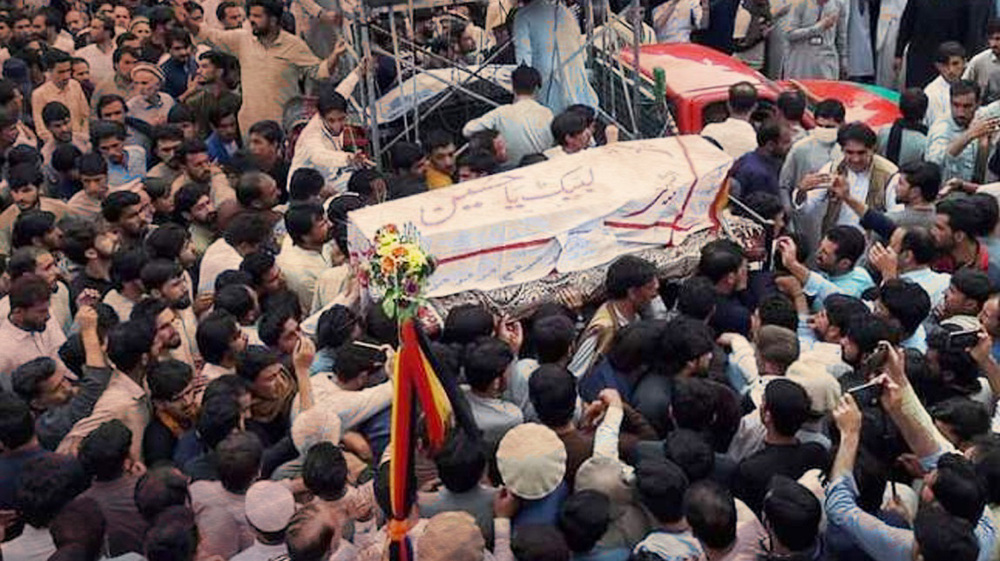'Caravan of Nowruz' arrives in Kermanshah to usher in Persian New Year
Yusef Jalali
Press TV, Kermanshah
Cut away this gigantic mountain to get to your love. It was an impossible condition set by the 6th century Iranian king, Khosrow, to dissuade Farhad from marrying Shirin, his sweetheart.
But the enchanted lover accepted the daring offer and used his sculpting axe to dig through Mount Bisotoon.
But half way through, Farhad heard the sad news that King Khosrow had already married Shirin.
This tragic love story still echoes in Kermanshah where Mount Bisotoon is located. The city is now hosting visitors from across Iran to celebrate the Persian New Year, known as Nowruz.
Bisotoon is just one of many historical sites in Iran's western province of Kermanshah.
Anahita Temple is equally significant. The historical monument was constructed back in the fourth century B.C. to honor the goddess of water, Anahita.
And in the heart of Kermanshah lies this amazing stone arch, called Taq-e Bostan, which dates back to the Sassanid era some 2,400 years ago.
What made it even more attractive is these music performances by local ensembles who sing and play the Tambur instrument to ring in Nowruz.
Kermanshah was the second stop for the Caravan of Nowruz, comprising cultural activists from across Iran who took part to welcome the Persian New Year, beginning March 21.
The caravan set out from Hamadan, arrived here in Kermanshah and will move on to Sanandaj.
All this comes to display Iran's cultural diversity, which is the result of coexistence among many ethnicities in the country.
Nowruz is celebrated by over 300 million people worldwide, with each nation having its own unique way of marking the occasion.
Despite their cultural and ethnic differences, these people are united through Nowruz to send a message of peace and friendship and share their happiness as human beings.
Yemeni FM: Israel’s sponsors accountable for ongoing aggression on Sana’a
Eight Palestinians killed as Israel attacks Gaza school, hospitals
VIDEO | Rome, Milan host new protests in solidarity with Palestinians
Dec. 21: ‘Axis of Resistance’ operations against Israeli occupation
Spain jurists demand ties with Israel ties be cut
VIDEO | Press TV's news headlines
VIDEO | Iran honors top Science Olympiad medalists
VIDEO | Austrians arrested at Gaza protest in Vienna









 This makes it easy to access the Press TV website
This makes it easy to access the Press TV website